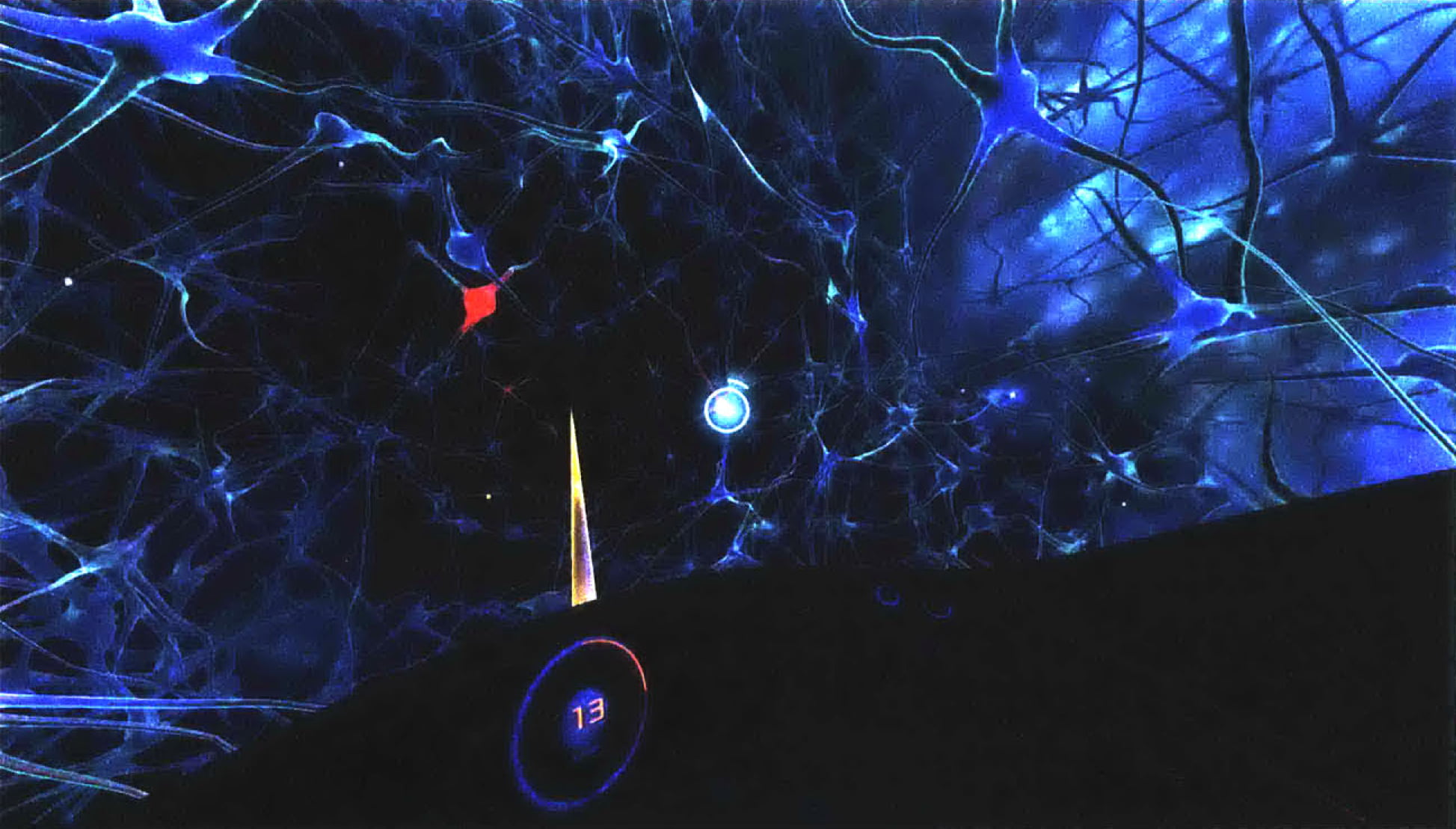This thesis proposes staged empathy as a new analytical framework to examine how virtual reality work provokes empathic feeling. Virtual reality has seen renewed interest in recent years, and has been hailed by journalists and practitioners as an “empathy machine”. This characterization is informal and assumes that feelings of presence and a first-person perspective alone will drive empathic feeling. A critical method for analyzing how virtual reality work engages with the concept of empathy (specifically defined as “inner imitation for the purpose of gaining knowledge of another”) does not exist. This thesis reviews the intellectual history of empathy (prior to the diversification of the term in social psychology to refer to a host of social behaviors) to derive a theoretical foundation to staged empathy A staged empathy framework foregrounds process and reflexivity, innate aspects of empathizing, and introduces an externalized and performed model for empathizing that is facilitated by virtual reality. To construct this framework, a variety of contemporary virtual reality works are studied which suggest the emergence of specific techniques that are referred to in this thesis as “intentional looking” and “direct address”. Applying theories of affordances and revealed phantasms from environmental philosophy and cultural computing to these techniques, staged empathy provides a framework for the analysis of virtual reality work that is sensitive to the new potentials of the medium as well as the limitations of empathy.
About Ainsley Sutherland
Ainsley graduated from the University of Chicago with a B.A. in Economics.
Ainsley has design experience in games, education, software, and transmedia production. Prior to graduate school, she worked at Game Changer Chicago, where she co-designed transmedia games and stories with youth.
Ainsley is from Baltimore and has a dog named Koda.
Thesis: Staged Empathy: Empathy and Visual Perception in Virtual Reality Systems



